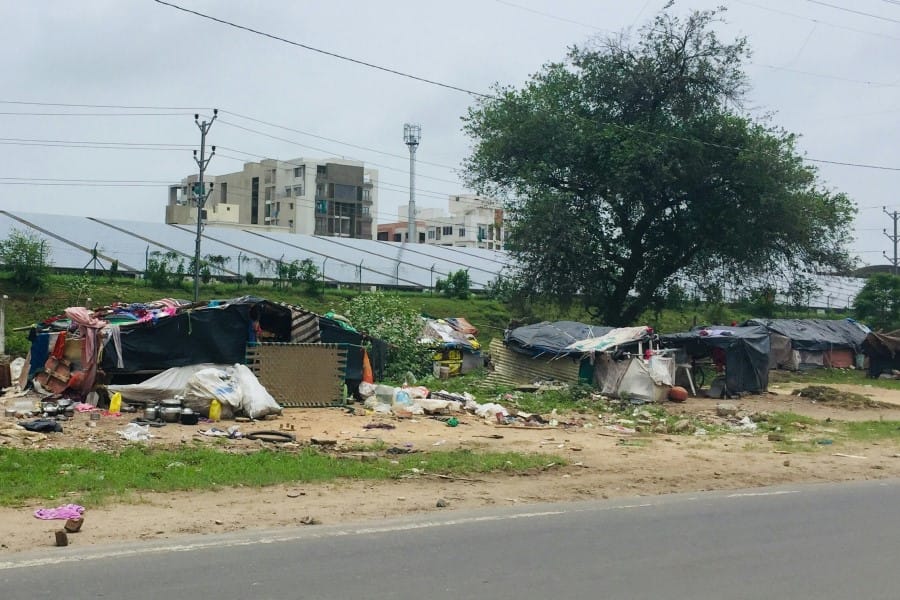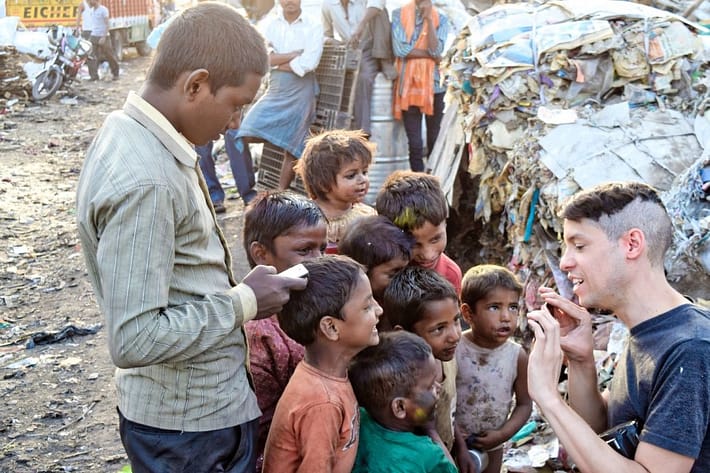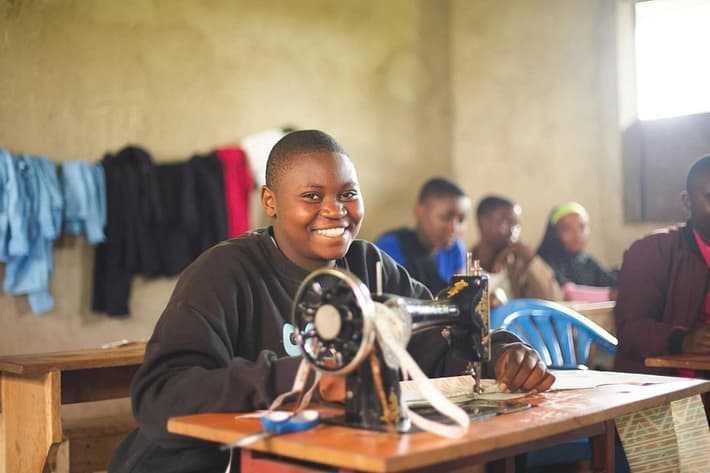Top 12 Poorest Places In The World

Poverty is a multifaceted issue affecting millions of people globally. Despite efforts to alleviate poverty, many regions remain in dire economic conditions due to various factors. This article explores the top 12 poorest places in the world, examining their statistics, causes, and potential solutions.
1. South Sudan
Statistics: South Sudan has one of the highest poverty rates globally, with over 80% of its population living below the international poverty line of $1.90 a day.
Causes: Decades of civil war, political instability, and ethnic conflicts have devastated the country’s economy. Poor infrastructure, limited access to education, and inadequate healthcare also contribute to widespread poverty.
Solutions: Peacebuilding efforts, investment in infrastructure, and international aid focused on education and healthcare are crucial. Developing agricultural sectors and promoting local industries can also help create sustainable economic growth.
2. Burundi
Statistics: Over 75% of Burundi’s population lives below the poverty line. The country also has one of the lowest GDPs per capita in the world.
Causes: Civil unrest, political instability, and overpopulation strain the country’s limited resources. Dependence on subsistence farming and lack of industrial development further exacerbate poverty.
Solutions: Political stability, investment in education and healthcare, and development of agriculture and infrastructure are essential. International partnerships to boost trade and industry can also play a significant role.
3. Malawi
Statistics: Approximately 70% of Malawi’s population lives in poverty. The country has a low Human Development Index (HDI), reflecting poor health and education outcomes.
Causes: High population growth, limited arable land, and dependence on rain-fed agriculture make Malawi vulnerable to climatic changes. Poor infrastructure and a high prevalence of HIV/AIDS also hinder development.
Solutions: Diversifying agriculture, improving healthcare, and investing in education are critical. Expanding access to family planning and developing infrastructure can also help alleviate poverty.
4. Democratic Republic of the Congo (DRC)
Statistics: Around 63% of the DRC’s population lives below the poverty line. The country has one of the lowest HDI rankings globally.
Causes: Prolonged conflict, political instability, and corruption have devastated the economy. Lack of infrastructure and basic services, along with high illiteracy rates, contribute to persistent poverty.
Solutions: Establishing peace and political stability is vital. Investments in infrastructure, education, and healthcare, along with efforts to combat corruption, can help create a more stable and prosperous society.
5. Niger
Statistics: Over 40% of Niger’s population lives in extreme poverty. The country faces significant challenges in health and education.
Causes: High population growth, recurrent droughts, and a fragile agricultural sector are major factors. Limited access to education and healthcare further exacerbates poverty.
Solutions: Improving agricultural resilience, expanding educational opportunities, and enhancing healthcare access are critical. Family planning programs and investments in infrastructure can also help reduce poverty.
6. Liberia
Statistics: Approximately 54% of Liberia’s population lives below the poverty line. The country also has low educational attainment and health outcomes.
Causes: Years of civil war, political instability, and economic mismanagement have left Liberia struggling. Dependence on primary commodities and limited industrial development contribute to poverty.
Solutions: Peacebuilding and political stability are essential. Diversifying the economy, investing in education and healthcare, and improving infrastructure can help lift people out of poverty.
7. Mozambique
Statistics: Around 46% of Mozambique’s population lives in poverty. The country faces significant challenges in education and healthcare.
Causes: Natural disasters, such as cyclones and floods, along with political instability and corruption, hinder development. Dependence on subsistence agriculture also contributes to poverty.
Solutions: Enhancing disaster resilience, improving governance, and investing in education and healthcare are crucial. Developing infrastructure and diversifying the economy can also help reduce poverty.
8. Madagascar
Statistics: About 75% of Madagascar’s population lives in poverty. The country ranks low on the HDI, reflecting poor health and education outcomes.
Causes: Political instability, natural disasters, and environmental degradation are major factors. Limited access to education and healthcare, along with economic isolation, exacerbate poverty.
Solutions: Political stability, environmental conservation, and investment in education and healthcare are essential. Improving infrastructure and promoting sustainable tourism can also help boost the economy.
9. Yemen
Statistics: Over 75% of Yemen’s population requires humanitarian assistance, and around 50% live in extreme poverty.
Causes: Ongoing conflict, political instability, and economic collapse have devastated the country. Blockades and destruction of infrastructure further exacerbate poverty.
Solutions: Establishing peace and political stability is paramount. Humanitarian aid, rebuilding infrastructure, and investing in healthcare and education are crucial for long-term recovery.
10. Haiti
Statistics: Approximately 60% of Haiti’s population lives in poverty. The country also faces significant challenges in health and education.
Causes: Political instability, natural disasters, and economic mismanagement are major factors. High levels of corruption and dependence on foreign aid also contribute to persistent poverty.
Solutions: Political stability, disaster resilience, and investment in education and healthcare are critical. Promoting local industries and improving governance can also help reduce poverty.
11. Chad
Statistics: Around 42% of Chad’s population lives in poverty. The country has low HDI rankings and significant challenges in health and education.
Causes: Political instability, conflict, and environmental challenges, such as desertification, hinder development. Limited access to basic services and infrastructure also contributes to poverty.
Solutions: Political stability, environmental conservation, and investment in education and healthcare are essential. Developing infrastructure and diversifying the economy can also help reduce poverty.
12. Guinea-Bissau
Statistics: Over two-thirds of Guinea-Bissau’s population lives in poverty. The country faces significant challenges in health and education.
Causes: Political instability, economic mismanagement, and limited infrastructure are major factors. High levels of corruption and dependence on cashew exports also contribute to poverty.
Solutions: Political stability, investment in education and healthcare, and improving infrastructure are crucial. Diversifying the economy and promoting good governance can also help alleviate poverty.
Poorest Places In The World Conclusion
Addressing poverty in these regions requires a multifaceted approach that includes political stability, economic diversification, and investment in education and healthcare. International aid and partnerships can play a significant role in supporting these efforts. By addressing the root causes of poverty and implementing sustainable solutions, we can help lift millions of people out of poverty and create a brighter future for all.
Help Us Help The Poorest Places In The World
At End Poverty Now, our ability to make a difference in some of the poorest places in the world hinges on the kindness of donors like you. Your support provides crucial resources, opportunities, and hope to those in need. Whether you choose to make a one-time donation or become a recurring donor, every contribution helps us on our mission to end extreme poverty.
End Poverty Now welcomes cash donations, but we also specialize in accepting donations of hard-to-sell assets such as real estate, aircraft, vehicles, and boats. These contributions help fund projects dedicated to alleviating poverty both domestically and internationally. Please see how you can help end poverty and thank you for considering us in your philanthropic efforts.
End Poverty Now is a 501c3 nonprofit charity accepting cash donations and specializing in donations of hard-to-sell assets such as real estate, aircraft, vehicles, and boats to fund projects aimed at fighting poverty at home and abroad.


